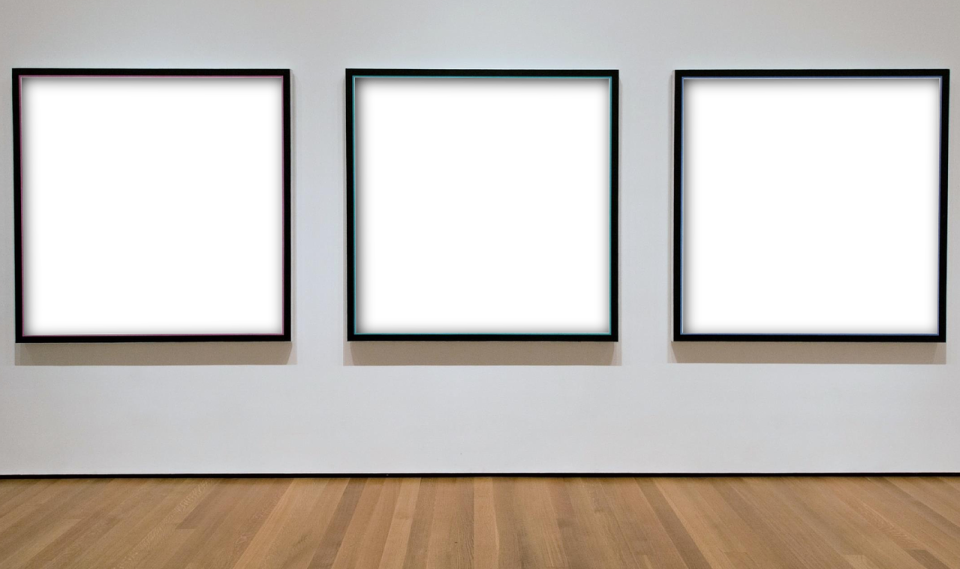AI spots art fakes by examining a single brushstroke
The technology has learned 80,000 individual strokes from 300 pieces of art.
Attempts at art forgeries run from the laughable (remember Monkey Jesus?) to the exquisite (this ambiguous Baroque masterpiece nearly cost a gallery €120 million last year), and traditionally the art world has had to rely on expert knowledge and supporting documentation to weed out the real from the fake. But now researchers claim AI is able to identify forgeries simply by looking at the brushstrokes used to compose a piece.
Researchers from Rutgers University and the Atelier for Restoration & Research of Paintings in the Netherlands have demonstrated that their system broke down nearly 300 line drawings by Picasso, Matisse and other famous artists into 80,000 individual strokes, learning how to match the features of each stroke to the corresponding artist. Some artists push harder on their brushstrokes than others, for example. The researchers then commissioned a team of artists to recreate the pieces in the data set, with the AI correctly identifying forgeries every time on the basis of a single stroke.
The system is currently only useful where brushstrokes are clear, so it's not helpful on pieces where the paint has been blended. However, the team is now planning on testing the method on Impressionist art to further validate their results, heralding a potentially revolutionary technology for an industry which is traditionally slow to embrace change.


